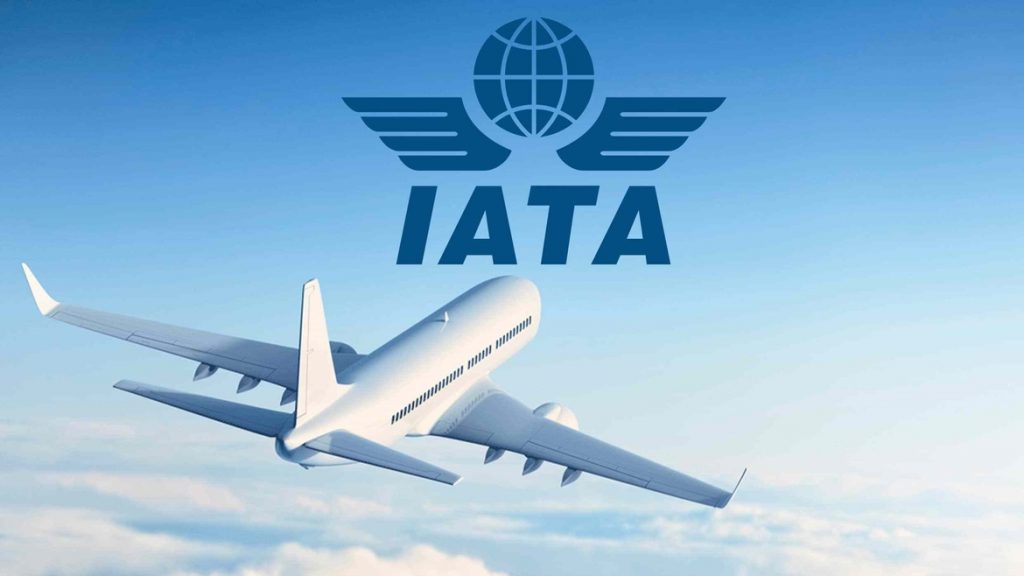
The International Air Transport Association (IATA), representing almost 300 airlines around the globe, has extended its forecast for international passenger traffic to return to pre-crisis levels by one year, to 2024.
While providing an update on how the global COVID-19 pandemic continues to make itself felt within the international aviation sector, the IATA cited poor containment efforts within the US and developing nations, as well as a weakened outlook for corporate travel, as its reasons for the revision.
The IATA said that the US and developing nations together make up around 40 per cent of global air travel, and so the ongoing and uncontrolled outbreak in these countries will weaken aviation recovery prospects.
Meanwhile, ongoing travel bans and quarantine requirements in many markets are also contributing to nearer-term prospects, according to the IATA, which also cut its 2020 passenger figures forecast to a 55 per cent fall, steeper than the 46 per cent it anticipated in April.
“The second half of this year will see a slower recovery than we’d hoped,” IATA chief economist Brian Pearce said.
June passenger figures were reportedly down 86.5 per cent year-on-year, following on from a more significant 91 per cent reduction recorded in May.
The recent decision by the UK government to quarantine all arrivals from Spain has led to further uncertainty, and will likely deter many in the UK from travelling at all.
As such, weaker consumer confidence is also likely to play a clear role in the extended recovery period for aviation.
“That is clearly going to be an issue with the recovery,” Pearce said.
Travelling for business purposes is also not expected to bounce back to its previous prevalence, as nationwide lockdown and travel bans have encouraged the adoption of other means of global communication.
This could pose a threat to the profitability of long-haul international carriers, and routes previously populated with corporate clients, according to the association.
“It will remain to be seen whether we see a recovery to pre-crisis business travel patterns,” Pearce said. “Our concern is that we won’t.”
“For many network airlines, the premium-paying passengers were essentially the ones who drove the profitability.”
That being said, as individuals continue to increase their online spending habits, long-haul carriers may turn their sights to increasing cargo capacity, he said.










